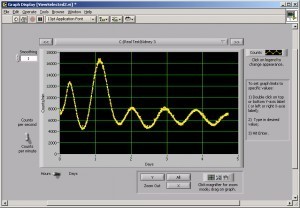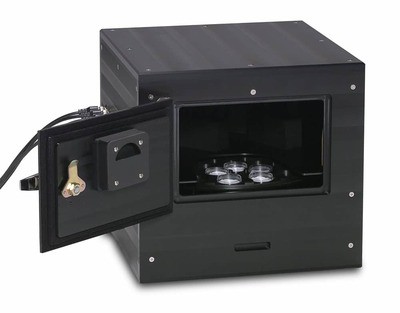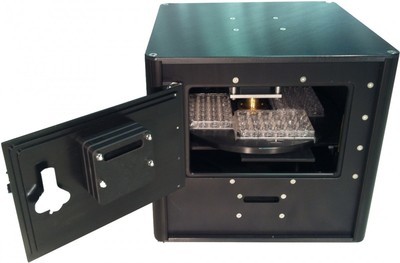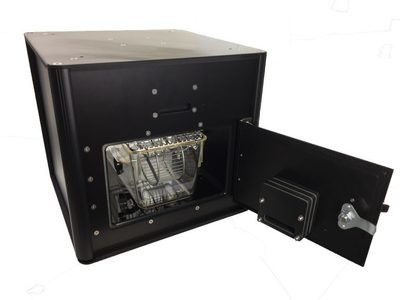
Categories
LumiCycle Data Acquisition and Analysis Software
SKU AM1-LCS2
In stock
1
LumiCycle Data Acquisition and Analysis Software
Product Details
Brand: Actimetrics
LumiCycle has the most flexible and easy-to-use software for the collection and analysis of circadian rhythms in luminometry data.
- Start and stop each counting channel asynchronously. You may, for example, start one experiment with 10 samples on one day, and start a second experiment with 22 samples the following day, stop the first experiment 5 days later and start yet a third set of dishes in their place.
- Interrupt the data collection to perform experimental manipulations on the samples (such as adding a drug). Once the treatment is complete, LumiCycle will pick up exactly where it left off.
- Flexible counting schedules, from once per hour, to once per minute.
- View records during the data collection process. A single window shows data for all 32 or 96 channels at once. Double-click on one of the graphs to view the data in greater detail (top figure).
- Analysis program (bottom figure) automatically compensates for baseline shifts and signal attenuation over the course of the trial. The dominant circadian period and phase can then be extracted (red curve). View periodograms and actograms, calculate phase shifts, extract periods with spectral or periodogram methods.
- Superimpose multiple records for comparison and figure preparation.
- Calculate rhythm parameters for the complete record, or for multiple subsets of the record. If, for example, a treatment is given halfway through a record that is expected to create a period or phase change, the two halves of the record can be analyzed separately and a phase shift calculated.
- While data collection is in progress, you may repeatedly copy the growing data files onto another computer (via a floppy or the network) and analyze the data collected so far for period and phase. Data collection continues uninterrupted until the end of the experiment.
- Extracted periods and phases can be exported to a text file for later manipulation in Excel or other statistics programs.
- Raw or baseline-subtracted records can be exported to ClockLab for further analysis using periodograms, actograms, and activity profiles.
You May Also Like
Display prices in:EUR



